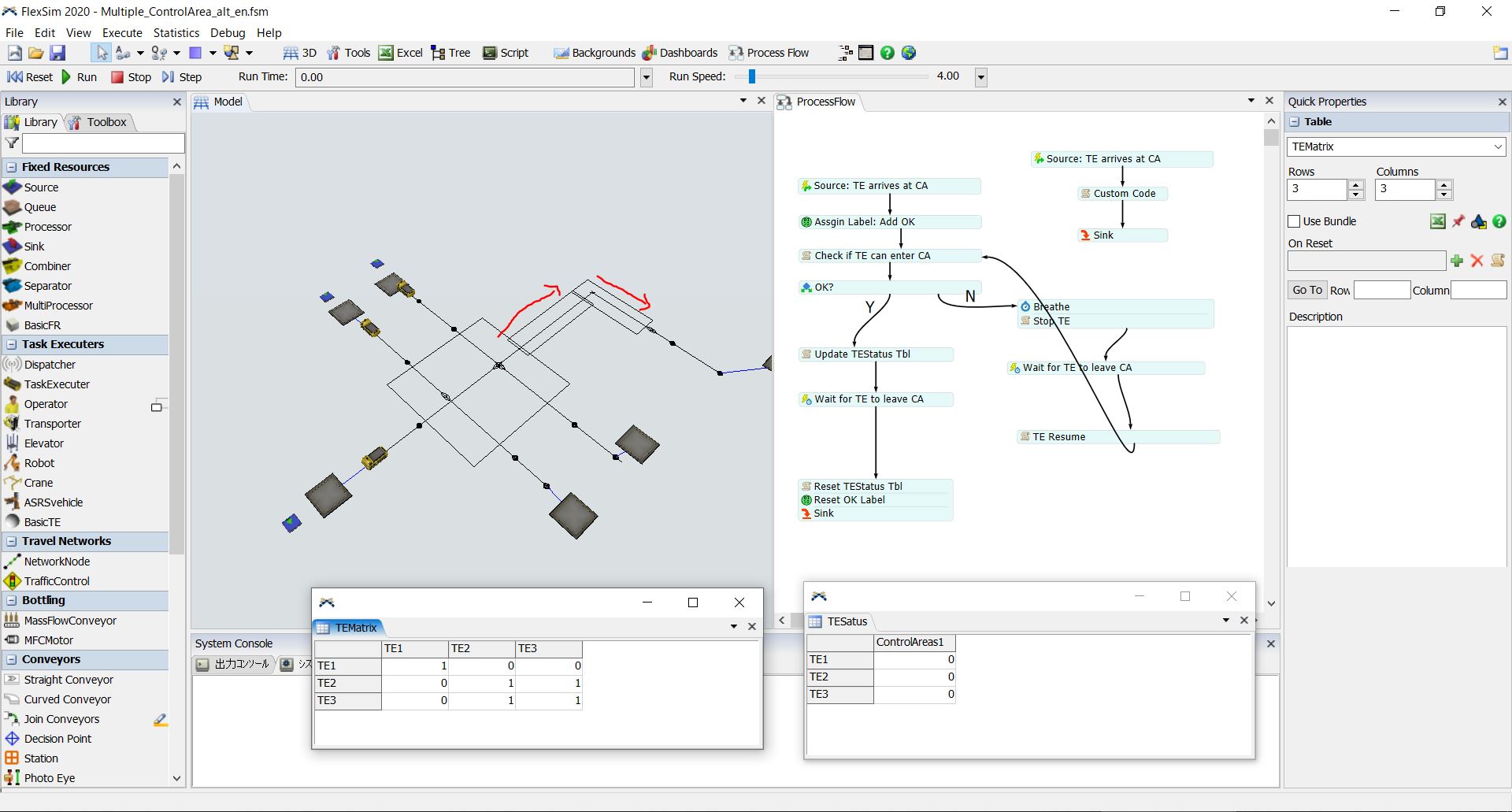As title, is there a way of knowing what TaskExecutor (TE) is on which control area (CA)?
What I would like to do is set multiple control area to act as one. I'm controlling whether the TE can enter the CA with Matrix and status table defined in Globaltable. I've set the 3 control areas to one group and wait for event in group. This way, when TE allocates at either CA in the group, the event is triggered. While TE is on the CA, I'd like to know TE is on which CA to keep the status table updated even though it enters next CA.

